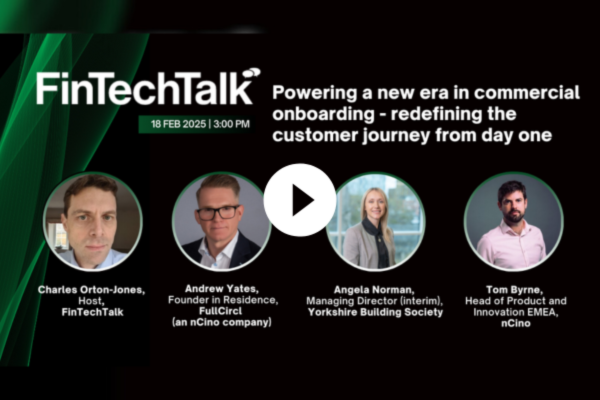Balancing fraud management with customer experience in high-value, complex service workflows-December 2019
Is it possible to simultaneously reduce fraud and improve the customer user experience? We asked digital information specialists Icon UK to help – here’s their answers.
Video MasterClass series
After a short introduction (below), the MasterClass is divided into the following easily digested sections (<7 mins each) comprising:
• Session 1: Online fraud types in high-value transactions: are we doing enough to prevent it?
• Session 2: Solutions and Capabilities to prevent digital fraud
• Session 3: Fraud incidents: prevention using video-enabled document and identity management systems
• Session 4: The positive impact of platforms on conversion and retention rates
• Session 5: MasterClass Series Summary
"...efficiently rebuild processes with accelerated speed, customer satisfaction and completion ratios"
Regulated firms are constantly challenged in delivering a practical balance between robust anti-fraud procedures and a great customer experience. This is particularly seen where complex products and services must be appropriately explained to prospective customers and in turn interested individuals must be efficiently on-boarded before sales can be completed. The widening knowledge and skills gap between firms in UK and abroad both provides new threats and opportunities. In response, Business Reporter has worked with Icon UK Limited, an independent, specialist consultancy focussing on identity management and process automation, to develop this MasterClass. This video-based series with related content focuses on combatting the most common fraud sources of compromised data and documentation, misrepresentation and impersonation. When transforming customer workflows with end-to-end automation, we discuss the use cases that this would apply to most commonly during the on-boarding of new clients including KYC/AML data collection and verification, with subsequent service implications thereafter.
Why is this important?
Government and police statistics show that fraud and cyber crime now exceeds all other crime put together, with no sign of it diminishing. Fraudsters are increasingly targeting high-value transactions (such as loans, mortgages, investments, etc) and highly valuable personal information (such as the type derived from healthcare, legal or employment matters). There is a high degree of financial and reputational risk at stake if organisations do not recognise this and reduce the risk of fraud. Yet, putting up too many obstacles will affect the user experience.
Why hasn’t this been fixed?
Many organisations are struggling with this because there is not a simple fix. Manual processes have been introduced to cope with the combination of:
• Silos of information
• Aging software applications
• The complexities of KYC and AML
While the subsequent issues caused are known, many digital transformation projects are no more than piecemeal transitions. These are supposed to be cheaper, quicker and lower risk, but too often are none of these compared to best practice approaches and technologies.
The opportunity
The by-product of reducing fraud usually involves delays due to increased paperwork, staff/partner frustration and impaired customer user experience. Through the combination and integration of a number of tools, fraud can be reduced and simultaneously:
• Minimise the likelihood of reputational and financial risk
• Improve customer experience
• Accelerate timescales
• Virtually eliminate paperwork and manual processing
• Reduce business process costs
• Improve compliance and conformance
Where does this fit in the complete customer lifecycle?
KYC and AML are just one stage of a typical customer journey and the solutions discussed here actually encompass the entire customer lifecycle. This passes through at least five distinctly different stages, although the precise ordering of stages and process elements will vary from one use case to another.  ask how.
ask how.

Business Reporter Team
Most Viewed
Winston House, 3rd Floor, Units 306-309, 2-4 Dollis Park, London, N3 1HF
23-29 Hendon Lane, London, N3 1RT
020 8349 4363
© 2025, Lyonsdown Limited. Business Reporter® is a registered trademark of Lyonsdown Ltd. VAT registration number: 830519543





